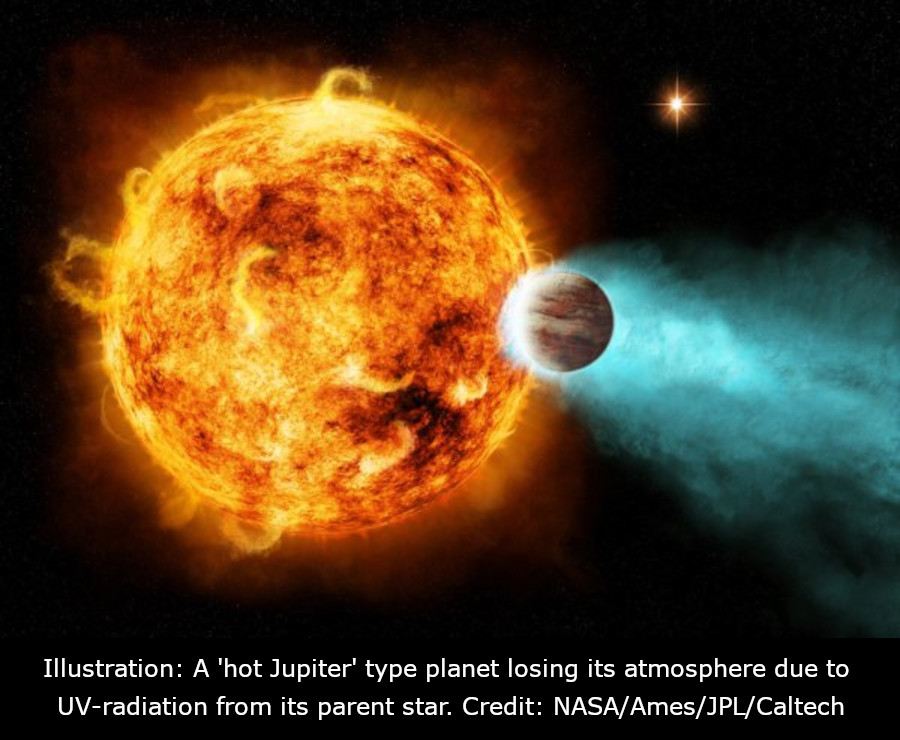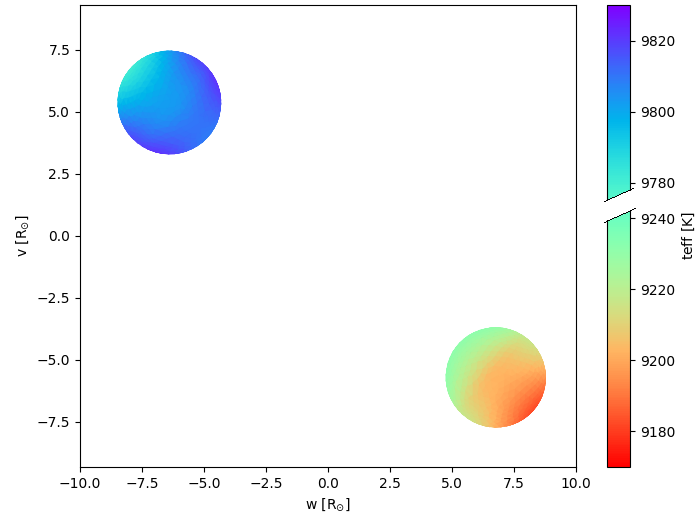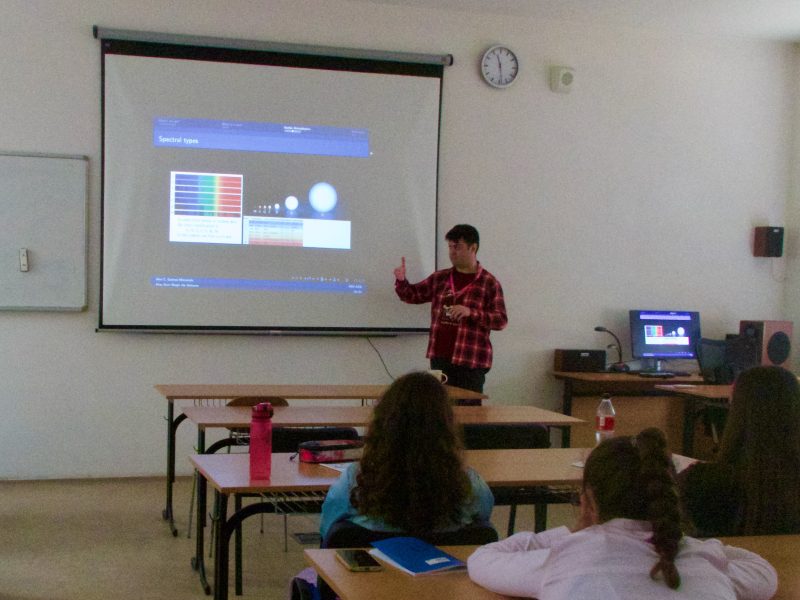In the field of exoplanet research, astronomers have already moved on from simply discovering new objects to characterising them. Not only are the parameters of the planet itself and its orbit of interest, but also whether the planet has an atmosphere and what it consists of. Petr Kabáth of ASU’s Stellar Department was co-author of a study that looked at the possibility of monitoring an interesting phenomenon that does not occur in the Solar System – the evaporation of atmospheres.
In recent years the focus of exoplanet research has shifted from the mere detection to detailed characterization. Precise measurements of the masses and radii of transiting planets have shown that some low-mass planets have extended atmospheres while others are bare rocks. Hybrid atmospheres consisting of a mixture of Hydrogen and large amount of heavy elements have also been detected. A key factor in explaining this diversity of planetary atmospheres is the erosion by the X-ray and EUV-radiation (XUV) from the host-star. The evaporation through XUV-radiation has already been measured for a few exoplanets.The apparent weakness of the CaIIHK and the MgIIhk emission cores has been interpreted as evidence for the evaporation of planetary atmospheres. The interpretation is that the evaporating material from the planet forms a thick torus which absorbs the C,IIHK and the MgIIhk lines from the host star. In this contribution a new way how to prove, or disprove this hypothesis by observations is proposed. It is furthermore shown that there are enough bright targets are already known that can be observed, and more will be found with the PLATO mission.
More Information
- Popular article (in Czech): Na čem pracujeme: Strategie pro charakterizaci vypařování planetárních atmosfér; M. Švanda
- Papper: E. Günther, L. Fossati, P. Kabáth, The evaporation of planetary atmospheres, Contrib. Astron. Obs. Skalnaté Pleso v tisku, preprint, arXiv:2311.02965
- Contact: Dr. Petr Kabáth, petr.kabath@asu.cas.cz



